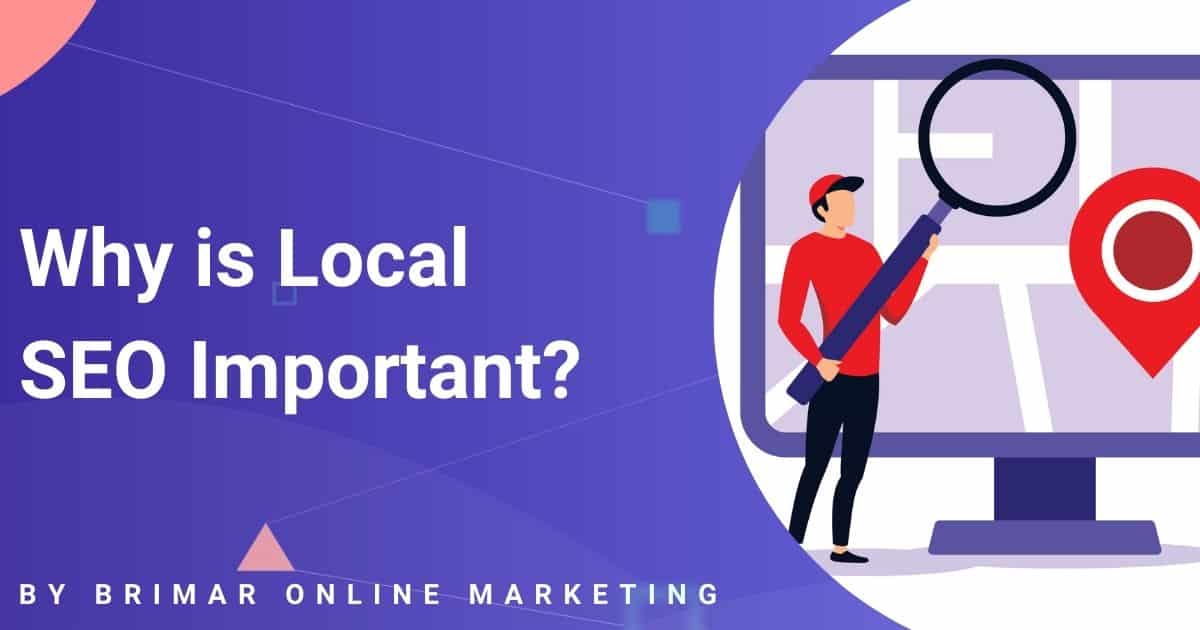Create beautiful websites with the help of a experienced web design agency
Create beautiful websites with the help of a experienced web design agency
Blog Article
How Reliable Web Layout Can Enhance Your Search Engine Optimization Strategy and Improve User Experience
The junction of reliable internet style and search engine optimization is an essential area for any business seeking to boost its online presence. An user-friendly layout not only raises user experience yet likewise considerably influences SEO efficiency by decreasing bounce rates and boosting interaction metrics.
Importance of Website Design for Search Engine Optimization
Effective website design is frequently taken too lightly in its influence on seo (SEO) A well-structured internet site not just improves user experience yet also plays an essential duty in how internet search engine rank pages. Search engines like Google favor web sites that exhibit clear navigating, quickly loading times, and mobile responsiveness. These elements add to decrease bounce rates and greater customer involvement, which are essential metrics for SEO success.
Additionally, website design aspects such as tidy code, optimized pictures, and correct use HTML tags considerably influence a site's crawlability. Internet search engine rely upon structured data to recognize web site content and context, making it crucial for internet designers to implement ideal methods. In addition, the assimilation of search engine optimization approaches within the layout stage, such as consisting of keyword phrases in titles, meta descriptions, and alt message for pictures, can improve visibility in search engine result.
Eventually, focusing on reliable web layout not only makes certain a seamless customer experience yet additionally establishes a strong foundation for SEO efforts, bring about enhanced organic traffic and boosted positions. Thus, companies need to acknowledge the inherent link between internet layout and SEO to achieve online success.
Trick Layout Components for Individual Experience
Individual experience (UX) acts as a cornerstone for successful internet design, affecting how site visitors connect with a website and regard its worth. To maximize UX, numerous essential layout aspects must be prioritized.
To start with, instinctive navigating is important; a well-structured menu and clear pathways enable individuals to find info swiftly, decreasing irritation. Second of all, aesthetic power structure plays an important duty, guiding customers' interest to important aspects via positioning, color, and dimension. This assists in quicker decision-making and improves total engagement.
Additionally, a consistent layout theme boosts knowledge and depend on, as customers feel a lot more comfy browsing a website that aesthetically lines up throughout its web pages. Efficient usage of white area likewise can not be ignored; it protects against clutter, permitting crucial material to stick out and making the website extra absorbable.
Furthermore, high-grade photos and graphics are crucial, as they not just record focus but additionally share expertise. Last but not least, quick tons times are non-negotiable; delays can cause greater bounce prices and lessened customer contentment. By focusing on these crucial style aspects, organizations can substantially boost their individual experience, cultivating favorable interactions that urge return visits and conversions.
Mobile Responsiveness and Search Engine Optimization Impact
As website design significantly prioritizes user experience, the value of mobile responsiveness can not be overemphasized. With a significant part of web traffic stemming from smart phones, a receptive style makes certain that websites are practical and available across different display dimensions. This versatility not only boosts individual complete satisfaction however additionally plays a crucial role in search engine optimization (SEARCH ENGINE OPTIMIZATION)

Including mobile responsiveness right into internet layout additionally promotes enhanced filling times, which is a crucial factor in both customer experience and search engine optimization rankings. Slow-loading web pages prevent customers, causing higher desertion rates and negatively impacting search exposure. Ultimately, prioritizing mobile responsiveness not just boosts individual involvement yet also strengthens a site's search engine optimization method, developing a more competitive on the internet existence.
Website Framework and Navigation Ideal Practices
A well-organized website structure and user-friendly navigation are vital parts of successful web design. They not only boost individual experience yet likewise play a crucial role in seo (SEARCH ENGINE OPTIMIZATION) A clear pecking order enables customers and internet search engine to check these guys out comprehend the connections in between various web pages, boosting the total usability of the website.
Use keyword-rich and detailed Links, as they give context and improve search visibility. This minimizes bounce rates and maintains individuals engaged.

Determining the Success of Website Design
Gauging the success of website design includes assessing various metrics that show user involvement and general site efficiency. Key performance signs (KPIs) such as bounce rate, average session duration, and web pages per session offer insight right into exactly how individuals engage with the site. A high bounce price may suggest that individuals are not finding the web content interesting or relevant, triggering a need for layout or content alterations.
Additionally, conversion rates are important for analyzing the efficiency of website design. An increase in conversions, whether with form entries, product purchases, or e-newsletter sign-ups, usually associates with instinctive layout look at here and user-centered performances. Tools like Google Analytics can supply comprehensive records on these metrics, enabling developers to determine trends and areas for renovation.
Customer comments is one more crucial element. Using surveys and functionality screening can reveal qualitative understandings into individual experiences, leading design modifications that cultivate fulfillment. Inevitably, a combination of measurable data and qualitative comments establishes a comprehensive photo of website design success, making sure that it straightens with both search engine optimization purposes and customer expectations. By constantly gauging these variables, businesses can improve their website design methods to enhance user experience and drive purposeful engagement.
Final Thought

As web design increasingly prioritizes user experience, the significance of mobile responsiveness can not be overemphasized.Integrating mobile responsiveness into internet design additionally promotes better filling times, which is an essential factor in both user experience and SEO positions. Ultimately, a mix of quantitative information and qualitative feedback establishes an extensive picture of internet style success, making certain that it lines up with both Search engine optimization objectives and individual assumptions. By consistently measuring these variables, companies can fine-tune their web design methods to enhance user experience and drive purposeful involvement.
In final thought, effective internet design considerably boosts Search engine optimization approaches and user experience.
Report this page